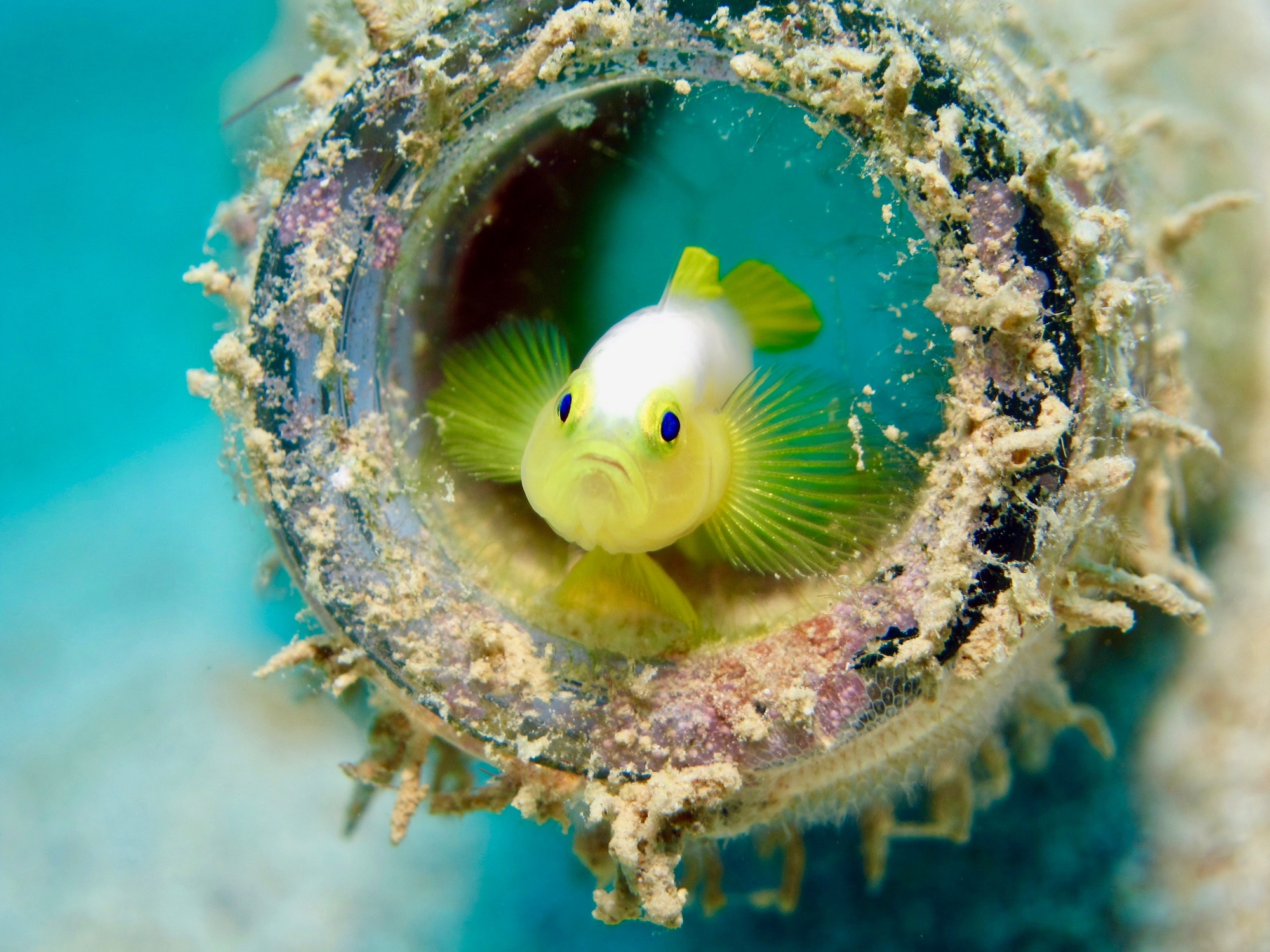 Evolution & Behaviour
Evolution & Behaviour
Towards Smaller And Less Palatable Fish Species In A Warmer World
Fish vertebrae from a marine sediment record collected from Peru reveal an unexpected regime shift in fish community. During the last interglacial, the warm waters and low oxygen favored small fish species, at the detriment of anchovy that nowadays sustains the largest fishery in the world. Looking at the past helps us predict the future of fish communities in the context of global warming.

Human activities drive changes in marine ecosystems, both directly through e.g. fishing and habitat modification, and indirectly through climate change. Warmer temperatures and associated oxygen decrease will influence the abundance, distribution and diversity of wild fish stocks. Previous studies showed that smaller fishes can cope better than larger ones in warm and oxygen-poor water, thus we expect their relative abundance to increase with future climate change. However, it is not clear whether the reduction in fish size will result from an increase in the proportion of small fish species or a decrease in body size of individual species. Data from the last decades might lack robustness to address this problem because intense fishing can also promote domination from smaller fishes. Warm periods in Earth history could help us understand the relationship between environmental conditions and fish community shifts in absence of human intervention.
To gain insight about fish community response to warmer conditions, we reconstructed temperature, water oxygenation, marine productivity, and fish community during the latest global warm period (last interglacial, 125 000 years ago). The last interglacial ambient temperature was higher than the current one so we can use this period as an analog to future climate conditions. We collected a 15 meters long marine sediment core in the Humboldt upwelling system off Peru, a hotspot of fish productivity yielding up to 15% of the global annual fish catch. In this upwelling system, the future response of fish communities to global change is uncertain.
We found that the fish community inhabiting the Humboldt Current during the last interglacial differed substantially from the communities of the current one (i.e. the Holocene, last 11 700 years): while anchovies dominate today’s state, considerably smaller fishes (i.e. mesopelagic and goby-like fishes) and very low anchovy abundance characterized the last interglacial period. Gobies are small fishes specially adapted to survive and thrive in environments with low-oxygen contents or even rich in hydrogen sulfide, where only bacteria and nematodes survive. Mesopelagic fish are small, abundant fish that live between 200 to 1000 meters depth and have evolved physiological and morphological adaptations to live in oxygen-deficient waters.
The fish debris reconstruction reveals a major shift in species proportion in response to warming but does not support a decrease in fish body size from the same species, as no significant reduction in vertebrae width of a given species during the last interglacial occurred.
Our paleoreconstruction from the last interglacial matches the Intergovernmental Panel on Climate Change (IPCC) projections to the year 2100. IPCC predicts a similar magnitude of warming, intensified subsurface oxygen depletion and comparable primary production.
Smaller fish species are more difficult to harvest, less profitable, and less palatable than anchovies, indicating that our rapidly warming world poses a threat to the global fish supply and thus food security. The findings are concerning, given that the warm and oxygen-poor waters 125 000 years ago nearly eliminated anchovy from the coast of Peru - a country that historically has been one of the largest fishing grounds in the world and the major producer of fish meal and fish oil, two exceptional ingredients that are used globally for aquaculture purposes. The likely increase in abundance of smaller fish species in tropical regions in a warmer world will require new technologies to catch these species and a change of paradigm: instead of using these fishes for fishmeal production, we will have to find ways to create a culture of eating small fishes to ensure food security in the next decades.
Original Article:
Salvatteci, R. et al. Smaller fish species in a warm and oxygen-poor Humboldt Current system. Science 375, 101-104 (2022).Edited by:
Dr. Margaux Héritier , Senior Scientific Editor
We thought you might like
For polar bears the cost of living is rising
Mar 13, 2018 in Earth & Space | 4 min read by George DurnerCascading effects of a marine heatwave impact dolphin survival and reproduction
Sep 20, 2019 in Earth & Space | 4 min read by Sonja WildGlobal warming blamed for Earth’s largest mass extinction
Oct 28, 2019 in Earth & Space | 3.5 min read by Justin PennExtreme glacier melt and climate change
Nov 10, 2020 in Earth & Space | 3 min read by Lauren J. VargoMore from Evolution & Behaviour
Cicada emergence alters forest food webs
Jan 31, 2025 in Evolution & Behaviour | 3.5 min read by Martha Weiss , John LillSize does not matter: direct estimations of mutation rates in baleen whales
Jan 29, 2025 in Evolution & Behaviour | 4 min read by Marcos Suárez-MenéndezThe Claws and the Spear: New Evidence of Neanderthal-Cave Lion Interactions
Jan 22, 2025 in Evolution & Behaviour | 3.5 min read by Gabriele RussoA deep-sea spa: the key to the pearl octopus’ success
Jan 20, 2025 in Evolution & Behaviour | 3.5 min read by Jim BarryFeisty fish and birds with attitude: Why does evolution not lead to identical individuals?
Aug 31, 2024 in Evolution & Behaviour | 3 min read by Lukas Eigentler , Klaus Reinhold , David KikuchiEditor's picks
Trending now
Popular topics


